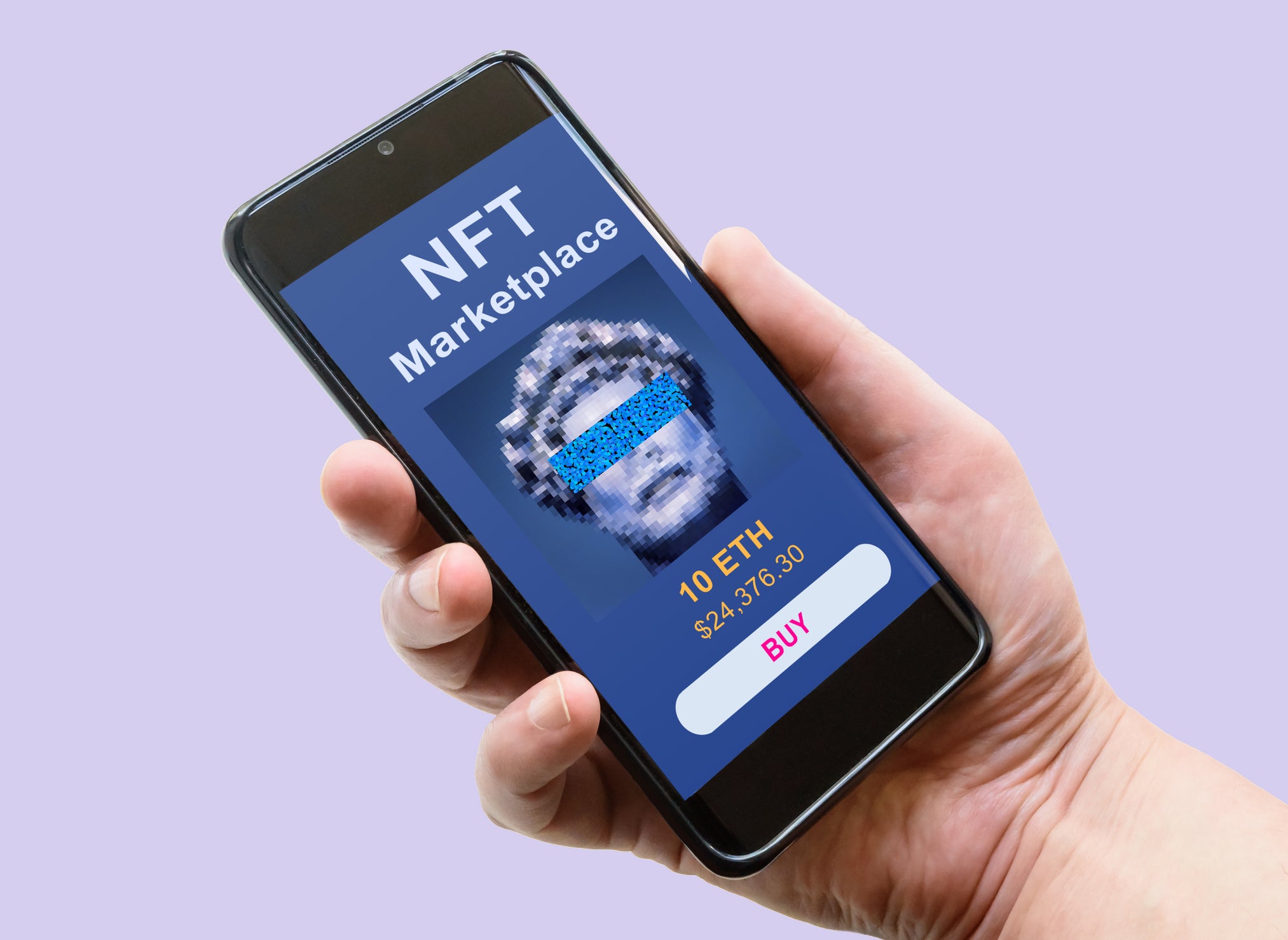Founded in 1993 by brothers Tom and David Gardner, The Motley Fool helps millions of people attain financial freedom through our website, podcasts, books, newspaper column, radio show, and premium investing services.
Founded in 1993 by brothers Tom and David Gardner, The Motley Fool helps millions of people attain financial freedom through our website, podcasts, books, newspaper column, radio show, and premium investing services.
Motley Fool Issues Rare “All In” Buy Alert
You’re reading a free article with opinions that may differ from The Motley Fool’s Premium Investing Services. Become a Motley Fool member today to get instant access to our top analyst recommendations, in-depth research, investing resources, and more. Learn More
Shares of GameStop (GME 3.99%) tumbled along with the broader market in the first half of 2022, sinking nearly 18%. That added to a 31% drop for the prominent meme stock in the second half of 2021.
However, GameStop stock has made a comeback in July, gaining 15% in the first half of this month, largely due to investor enthusiasm about a planned stock split and the launch of the company’s long-awaited NFT marketplace. But investors shouldn’t be fooled by this rally. GameStop still looks like a dreadful investment.
Nearly all of GameStop stock’s July gains came on a single day: July 7. The previous afternoon, GameStop announced a four-for-one stock split that will go into effect later this month.
However, the stock split looks like a ploy to drum up investor interest and prop up GameStop stock in the near term. Typically, companies use stock splits to make shares more accessible to individual investors after a big run-up in the stock price driven by strong revenue and/or earnings growth. Shopify and Tesla shares both traded for over $600 — and Alphabet and Amazon shares traded for more than $2,000 — before those prominent companies announced stock splits in 2022.
By contrast, GameStop stock was trading for around $120 before the stock split announcement. Furthermore, its core business is in shambles. Sales increased 8% year over year but fell 11% compared to Q1 2019 last quarter. Moreover, GameStop posted a net loss of $158 million and burned over $300 million of cash. And in an ominous sign, the company fired CFO Mike Recupero and informed employees of a round of layoffs just a day after announcing the stock split.
In short, GameStop has no good reason to split its stock right now. Instead, this looks like a desperate move to revive fading interest in GameStop stock.
GameStop shares got another boost last week after the company launched its NFT marketplace in public beta mode. GameStop almost immediately became one of the biggest NFT marketplaces, with its top 50 collections doing almost $3.5 million of sales in 48 hours.
It’s easy to see why this got GameStop shareholders excited. Yet while GameStop is outpacing most other NFT platforms, it remains a fraction of the size of market leader OpenSea. And in any case, the NFT market has been in free fall this year.
Worst of all, the initial surge of interest in GameStop’s NFT marketplace may have just been a fluke. As of Friday afternoon, the top 50 collections had combined sales of less than $0.5 million over the previous 24 hours, a precipitous slowdown compared with the first day or two after launch. And since GameStop only collects a 2.25% commission on transactions, at its current pace, the NFT marketplace would generate well under $10 million of annual revenue.
Perhaps GameStop’s NFT marketplace will gain traction over time. But even if it grew tenfold from current levels, it wouldn’t move the needle for the company.
GameStop lost nearly $400 million in fiscal 2021, and its losses accelerated in the first quarter of fiscal 2022. The outlook for the rest of this year is even worse. Retail sales rose 7.7% year over year in June, according to preliminary figures from the U.S. Census Bureau, but sales at electronics and appliance stores plunged 9.1% as inflation is increasingly pinching consumers’ discretionary budgets.
The recent CFO change and layoffs suggest that GameStop hasn’t been spared from these macroeconomic pressures. Thus, investors need to brace for even bigger losses and continued cash burn over the next few quarters.
At the end of April, GameStop still had over $1 billion of cash and virtually no debt. That will enable it to survive some lean times. But the company’s weak long-term prospects make GameStop stock look like a bad investment, especially at its current valuation of over $10 billion.
Suzanne Frey, an executive at Alphabet, is a member of The Motley Fool’s board of directors. John Mackey, CEO of Whole Foods Market, an Amazon subsidiary, is a member of The Motley Fool’s board of directors. Adam Levine-Weinberg has no position in any of the stocks mentioned. The Motley Fool has positions in and recommends Alphabet (A shares), Alphabet (C shares), Amazon, Shopify, and Tesla. The Motley Fool recommends the following options: long January 2023 $1,140 calls on Shopify and short January 2023 $1,160 calls on Shopify. The Motley Fool has a disclosure policy.
*Average returns of all recommendations since inception. Cost basis and return based on previous market day close.
Market-beating stocks from our award-winning analyst team.
Calculated by average return of all stock recommendations since inception of the Stock Advisor service in February of 2002. Returns as of 07/18/2022.
Discounted offers are only available to new members. Stock Advisor list price is $199 per year.
Calculated by Time-Weighted Return since 2002. Volatility profiles based on trailing-three-year calculations of the standard deviation of service investment returns.
Invest better with The Motley Fool. Get stock recommendations, portfolio guidance, and more from The Motley Fool’s premium services.
Making the world smarter, happier, and richer.
Market data powered by Xignite.

